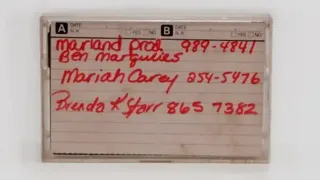February 16, 2022
Disney World: No More Masks Indoors for Vaccinated Visitors
READ TIME: 1 MIN.
Starting this week, the masks are coming off for vaccinated visitors to Walt Disney World in Florida.
The theme park resort announced Tuesday that face coverings will be optional for fully-vaccinated visitors in all indoor and outdoor locations, with one exception. Face masks still will be needed for visitors ages 2 and older on enclosed transportation, such as the resort's monorail, buses and the resort's sky gondola.
The change in mask policy takes effect starting Thursday, Disney World officials said on the resort's website.
Current guidelines require all visitors to wear masks in all indoor locations, regardless of their vaccination status.
After the new guidelines go into effect Thursday, unvaccinated visitors still will need to continue wearing masks in all indoor locations, according to Disney.
___






